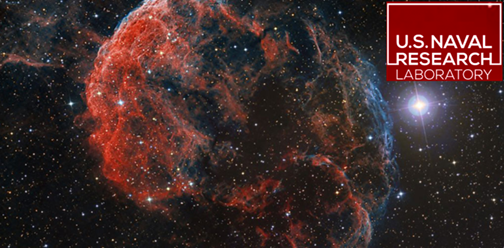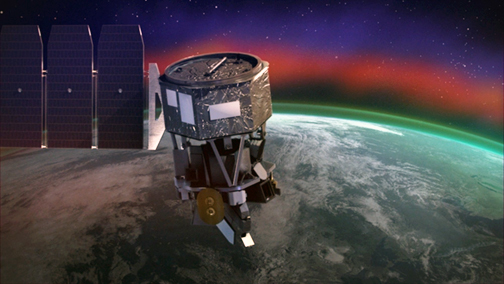
A U.S. Naval Research Laboratory (NRL) instrument aboard NASA’s Ionospheric Connection Explorer (ICON) satellite will deliver unprecedented information to help scientists investigate how both terrestrial and solar weather impact the ionosphere, the ionized region of Earth’s upper atmosphere — ICON launched from Cape Canaveral, Florida, October 10.

NRL’s MIGHTI (Michelson Interferometer for Global High-Resolution Thermospheric Imaging) will measure wind and temperature profiles and contribute to a critical data set for scientists as they study how energy and dynamics from the lower atmosphere propagate into the space environment.

U.S. Naval Research Laboratory™s Michelson Interferometer for Global High-Resolution Thermospheric Imaging (MIGHTI) payload launched on NASA™s Ionospheric Connection Explorer (ICON) mission to study the effects of terrestrial weather and solar influences on the Earth™s ionosphere from a height of about 350 miles.
The ionosphere, which overlaps the atmosphere’s mesosphere, thermosphere and exosphere layers, remains somewhat of a mystery to scientists. This border separating Earth from space lies between 30 and 600 miles above the Earth’s surface and is too high for science balloons to reach, and large parts of the region are too low for traditional satellites to fly in.
That’s why NASA wants to explore it from the inside with the ICON satellite, traveling within the ionosphere at an orbit about 350 miles above the Earth’s surface. As one of four scientific instruments aboard the ICON satellite, MIGHTI’s observations will give scientists a better understanding of how weather from the Earth and Sun affect the motion and structure of the neutral and ionized upper atmosphere.
In the years prior to this mission, NRL developed two instruments using similar optical techniques, one for the STS-112 space shuttle mission in 2002 and the other, the SHIMMER instrument, for STPSat-1, launched in 2007. These instruments studied atmospheric chemistry below 60 miles.
MIGHTI is a project developed by NRL in Washington, D.C. and the St. Cloud State University in St. Cloud, Minnesota. The broader collaboration within NRL leveraged the expertise of researchers across multiple Divisions, including Space Science, Spacecraft Engineering, Remote Sensing, Plasma Physics and Marine Meteorology.

